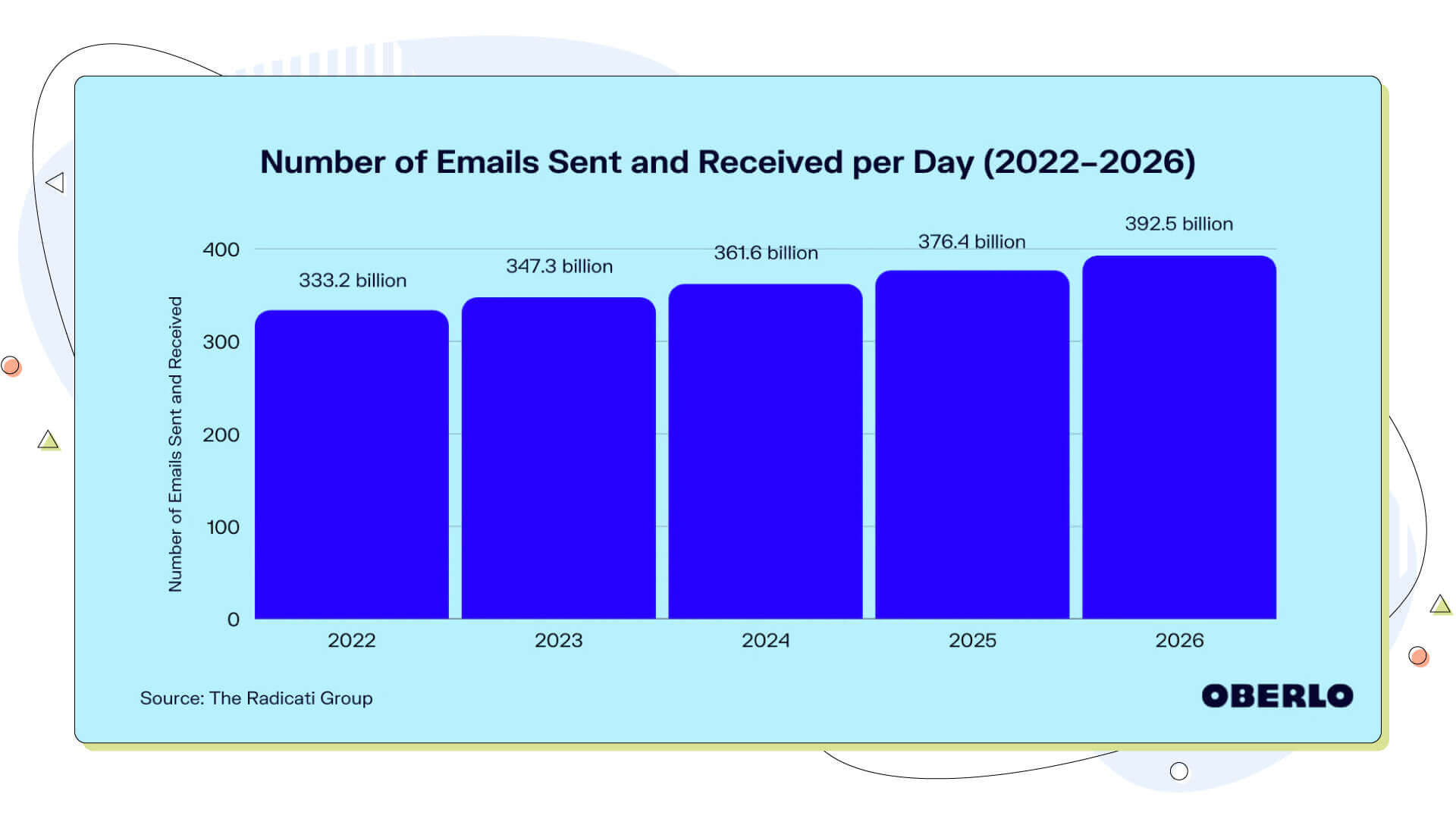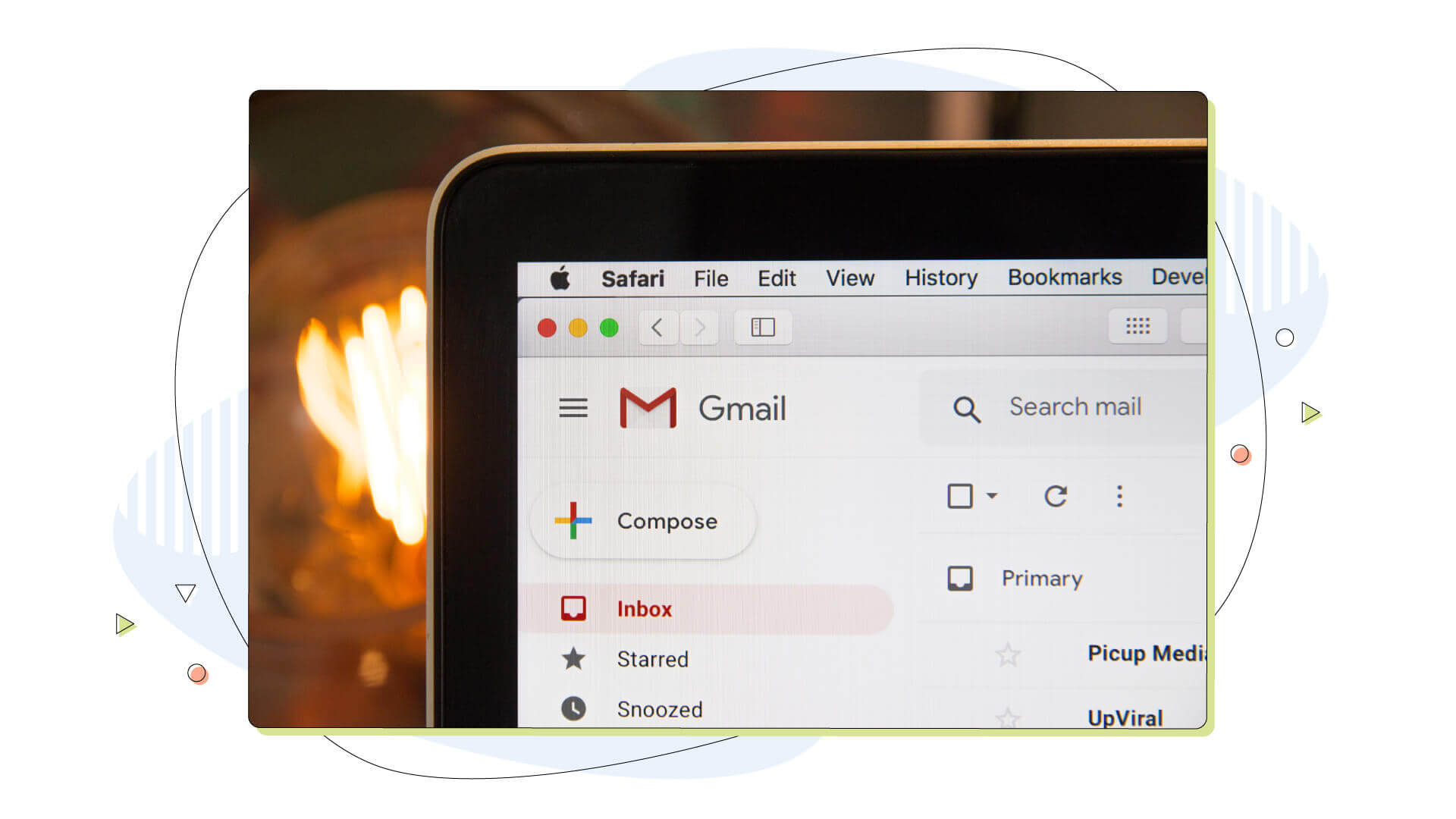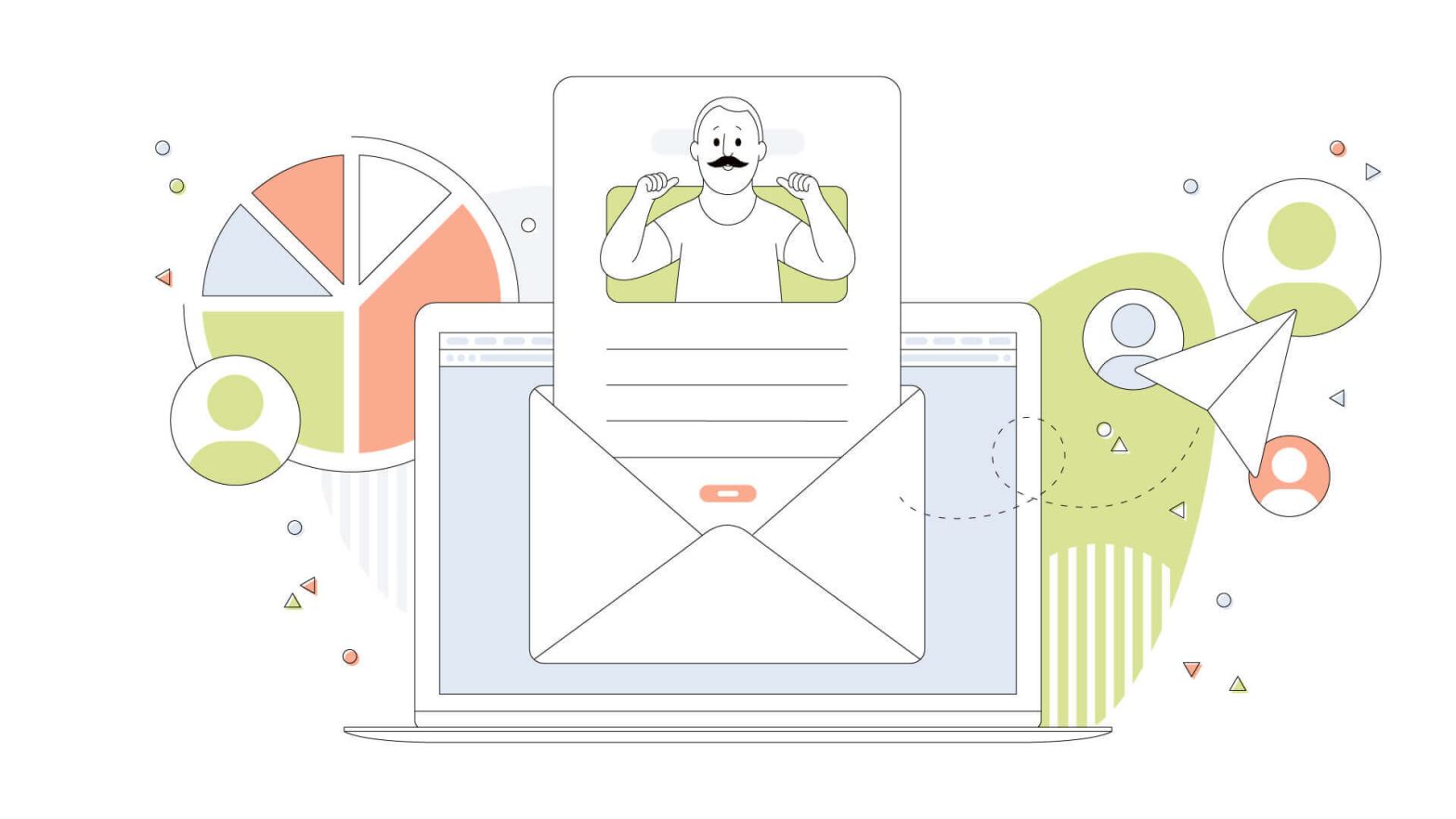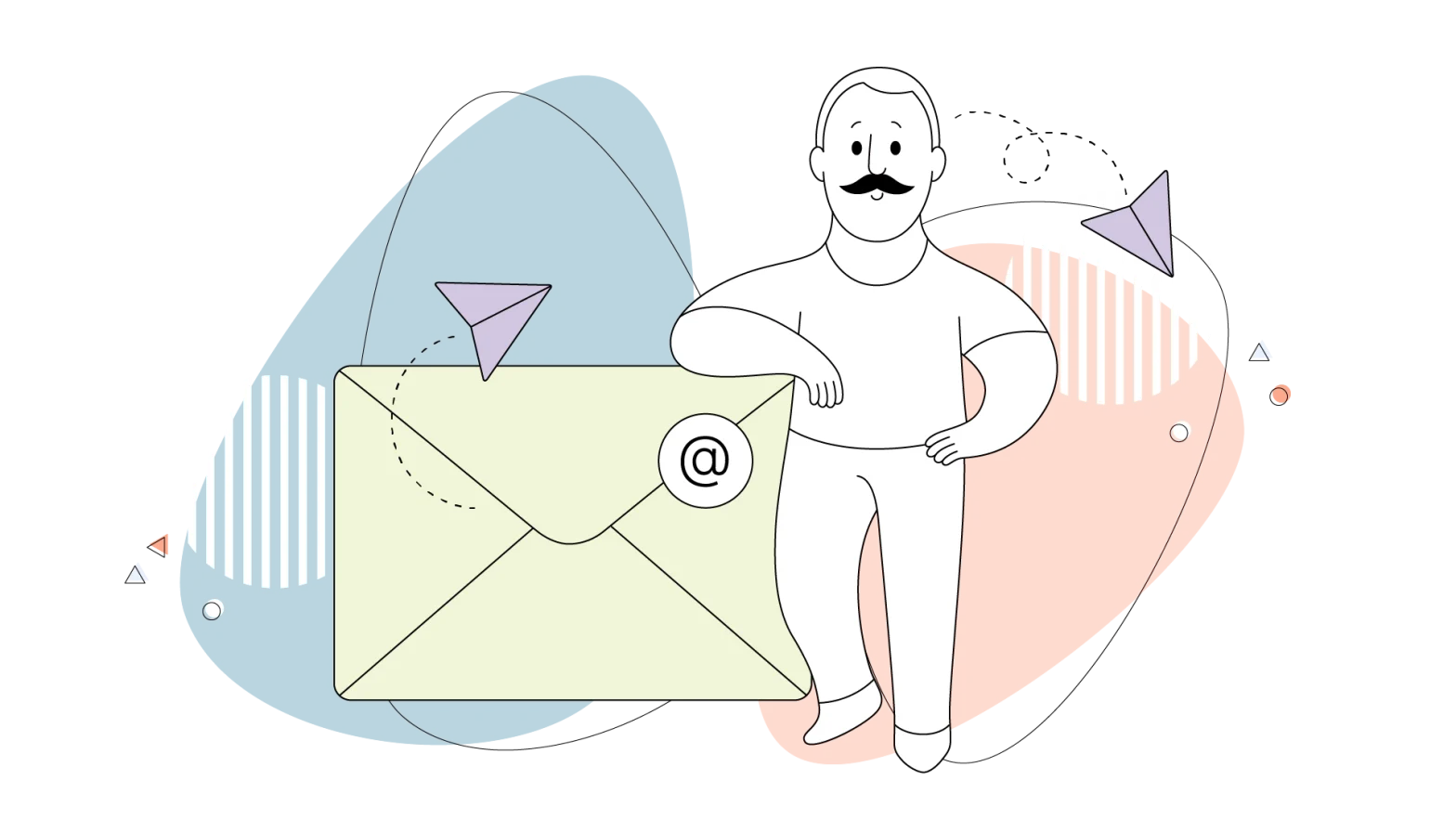Are you struggling to reach your target audience through email marketing? You’re not alone.
With so many emails being sent daily, it can be challenging to capture the attention of your subscribers. According to recent data, 347.3 billion emails were sent every day around the globe. That’s an overwhelming number of emails vying for your audience’s attention!
But fear not. There’s a way to cut through the noise and reach your target audience effectively: email marketing segmentation. By segmenting your email list, you can send personalized messages to specific groups of people, increasing open and click-through rates and ultimately boosting your website’s engagement and revenue. In this blog post, we’ll explore the benefits of email marketing segmentation and provide you with six effective strategies to start using today. So, grab a cup of coffee, and let’s dive in!
- What is Email Marketing Segmentation?
- Benefits of Email Marketing Segmentation
- 6 Strategies for Email Marketing Segmentation

What is Email Marketing Segmentation?
Email marketing segmentation is like having a secret weapon in your marketing arsenal. It’s the process of dividing your email list into specific groups based on their:
- Interests (e.g. sports, technology)
- Demographics (e.g. age, gender, location)
- Behaviours (e.g. purchase history, website visits)
By segmenting your email list, you can send personalized messages that resonate with your target audience and drive engagement. In other words, you can reach out to your subscribers with messages more likely to make them say, “Aha! This is exactly what I’ve been looking for!”
Let’s say you’re promoting a cloud phone service from Dialpad to your email subscribers. By segmenting your list based on your subscribers’ interests, you can craft a message tailored to their needs. For example, you can segment your list based on businesses that frequently make international calls. Then, you can offer them a deal on international calling rates and highlight how Dialpad’s cloud phone service can help them save money on international calls. This targeted approach can result in higher open and click-through rates and ultimately increase conversions.
Or, suppose you run a freelancing blog and want to put out a newsletter on “How To Make Money Online” By segmenting your email list based on your subscribers’ interests, you can send targeted messages to specific groups of people. For example, you can segment your list based on your subscribers’ interests, such as writing, graphic design, or web development. Then, you can offer them resources and tips tailored to their specific skill set. This targeted approach can result in higher engagement and ultimately increase conversions, such as sign-ups for your online courses or affiliate sales.
Benefits of Email Marketing Segmentation
Email marketing segmentation has several benefits that can help you get better results from your email campaigns. Here are some key benefits:
Higher Open and Click-Through Rates:
By segmenting your email list, you can send personalized messages that are more likely to grab your subscribers’ attention. This, in turn, can result in higher open and click-through rates.
For example, if you’re promoting VoIP enterprise solutions to your email subscribers, you can segment your list based on their industry, company size, or location. Then, you can craft a message highlighting the benefits of your VoIP call app for their specific needs. This targeted approach can result in higher engagement and ultimately increase conversions.

Improved Customer Retention:
Email marketing segmentation can also help improve customer retention by providing a better customer experience. By sending personalized messages, you can show your subscribers that you understand their needs and are there to help them, which can lead to increased loyalty and repeat business.
For example, let’s say you’re a marketer for a popular skincare brand. You can segment your email list based on your subscribers’ skin type or concerns. Then, you can offer them tips and products that are specifically tailored to their needs. This can help them achieve better results and keep coming back for more.
Increased Revenue:
Segmenting your email list can also lead to increased revenue. By sending targeted messages, you can promote products and services more likely to resonate with your subscribers and lead to conversions.
Suppose you’re an e-commerce store selling tech gadgets. You can segment your email list based on your subscribers’ interests, such as gaming or photography. Then, you can offer them products and deals that are specifically tailored to their interests, which can result in higher conversions and ultimately increase revenue.
6 Strategies for Email Segmentation
Now that you know the benefits of email segmentation, here are six strategies that can help you get better results from your email campaigns:
1. Use Behaviour-Based Segmentation:
One of the most effective ways to segment your email list is based on your subscribers’ behaviour. This means segmenting your list based on their actions or the pages they’ve visited on your website.

You can segment your list based on the following:
- Products they’ve viewed
- Pages they’ve visited
- The content they’ve consumed
- Actions they’ve taken (e.g., signing up for your newsletter)
Let’s see this in action. Suppose you own a website hosting and designing company. You notice many of your customers come to your site looking for domain names. Then, you can segment your email list based on this behaviour and send them offers for discounted domain names.
2. Segment by Interests:
Another great way to segment your email list is based on your subscribers’ interests. This can be done by surveying your subscribers or asking them to opt-in for specific topics that you cover in your emails. You can also do this by analysing their previous purchases or by tracking the content they’ve consumed on your website.
For example, suppose you’re a cybersecurity company looking to send out a monthly newsletter full of cybersecurity tips, your company’s products and services, and industry news. In that case, you can segment your email list based on the topics they’re interested in. This way, you can make sure those interested in getting cybersecurity tips get those emails and those interested in learning more about your products get different emails.
3. Segment by Demographics:
Next up, you can segment your email list based on demographics such as age, gender, location, and income. This could be useful if you’re targeting a particular demographic or want to personalise your emails to resonate with specific audiences.

For instance, suppose you run an online clothing store, and you notice that most of your customers are female between the ages of 25-35 who live in the UK. You want to promote your new line by hosting a giveaway. You can segment your email list based on the demographics mentioned above and then target those customers with emails promoting the giveaway.
4. Segment by Engagement:
Engagement-based segmentation is another effective way to segment your email list. This means segmenting your list based on how engaged they are with your emails.
For instance, you can create list segments based on the following:
- Number of emails they’ve opened
- Number of clicks they’ve made within an email
- Last time they interacted with one of your emails
Once you have these segments, you can then use them to send more targeted messages. For example, if someone hasn’t opened any of your emails in a while, you can email them to re-engage them and remind them of your services. Your subject line could be something like: “We Miss You – Come Back and See What’s New!”

5. Segment by Purchase History:
Customer retention is important, and it’s much easier to get people who already bought from you to purchase again than it is to convert a new customer. So, to ensure you’re keeping your customers/clients coming back, you can segment your list based on their purchase history.
For example, suppose you own a personal training business, and you’re using email marketing to secure more clients and better advertise yourself as a personal trainer. You notice that a particular group of customers purchased your 3-month training program. However, those customers haven’t purchased anything from you since.
You can segment this group of customers from the rest of your email list and send them a discount offer for another 3-month training package or promote some of your other services like nutrition counselling. This could be an effective way to get these customers to purchase again and keep your business growing.
6. Use Location-Based Segmentation:
Using location-based segmentation is another way to segment your email list. By targeting customers based on their location, you can send them localised content that caters to their unique needs and preferences.
For example, let’s say you own a pizza delivery business with multiple locations. You can segment your email list based on customers’ zip codes and send them promotions for their nearest location. By doing this, you increase the likelihood of them making a purchase and becoming repeat customers.
Final Thoughts
So there you have it. Our complete guide on how to segment your email list. We hope this guide gives you a better understanding of email list segmentation and why it’s important for successful email marketing campaigns. By implementing the strategies we discussed, you can ensure that each message you send resonates with your website visitors and customers, personalising their user experience.
Remember, segmenting your email list doesn’t have to be a daunting task. All it takes is a bit of time and research to come up with effective strategies that will help you reach the right audiences and achieve better results from your campaigns. So take advantage of this powerful tool today, and start seeing the benefits! Happy marketing!




